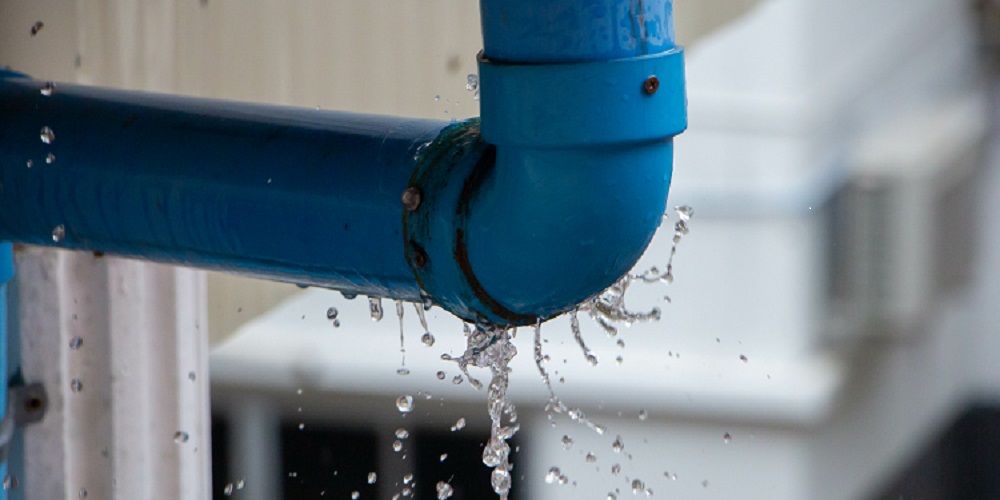Exposing Hidden Water Line Leaks: Six Useful Finding Methods
Exposing Hidden Water Line Leaks: Six Useful Finding Methods
Blog Article
We've found this article involving Detecting hidden plumbing leaks listed below on the web and thought it made sense to write about it with you on my blog.

Early discovery of leaking water lines can mitigate a possible disaster. Some little water leaks might not be visible.
1. Examine the Water Meter
Every residence has a water meter. Inspecting it is a guaranteed manner in which assists you uncover leakages. For starters, turn off all the water sources. Ensure no one will purge, make use of the faucet, shower, run the washing device or dishwashing machine. From there, go to the meter and watch if it will certainly transform. Considering that nobody is using it, there should be no activities. That shows a fast-moving leakage if it relocates. If you discover no changes, wait a hr or 2 and also inspect back once more. This suggests you might have a sluggish leakage that could even be below ground.
2. Check Water Usage
If you spot abrupt changes, in spite of your consumption being the very same, it indicates that you have leaks in your plumbing system. An abrupt spike in your expense shows a fast-moving leak.
A constant increase every month, even with the very same habits, reveals you have a slow leak that's additionally gradually escalating. Call a plumber to completely check your residential or commercial property, specifically if you feel a cozy location on your floor with piping beneath.
3. Do a Food Coloring Examination
30% comes from toilets when it comes to water usage. Test to see if they are running appropriately. Decrease specks of food color in the storage tank and wait 10 minutes. There's a leakage in between the storage tank and bowl if the shade somehow infiltrates your bowl during that time without flushing.
4. Asses Outside Lines
Don't neglect to examine your outside water lines also. Ought to water permeate out of the connection, you have a loosened rubber gasket. One small leak can lose loads of water and also increase your water expense.
5. Check as well as Evaluate the Circumstance
House owners need to make it a behavior to examine under the sink counters and even inside closets for any type of bad odor or mold and mildew growth. These 2 red flags suggest a leakage so punctual interest is required. Doing routine evaluations, also bi-annually, can conserve you from a significant problem.
Check for stainings as well as compromising as a lot of pipelines and appliances have a life span. If you presume dripping water lines in your plumbing system, do not wait for it to intensify.
Early detection of dripping water lines can mitigate a potential calamity. Some small water leakages may not be noticeable. Examining it is a surefire way that assists you uncover leaks. One tiny leak can squander lots of water and also surge your water bill.
If you suspect leaking water lines in your plumbing system, do not wait for it to escalate.
WARNING SIGNS OF WATER LEAKAGE BEHIND THE WALL
PERSISTENT MUSTY ODORS
As water slowly drips from a leaky pipe inside the wall, flooring and sheetrock stay damp and develop an odor similar to wet cardboard. It generates a musty smell that can help you find hidden leaks.
MOLD IN UNUSUAL AREAS
Mold usually grows in wet areas like kitchens, baths and laundry rooms. If you spot the stuff on walls or baseboards in other rooms of the house, it’s a good indicator of undetected water leaks.
STAINS THAT GROW
When mold thrives around a leaky pipe, it sometimes takes hold on the inside surface of the affected wall. A growing stain on otherwise clean sheetrock is often your sign of a hidden plumbing problem.
PEELING OR BUBBLING WALLPAPER / PAINT
This clue is easy to miss in rooms that don’t get much use. When you see wallpaper separating along seams or paint bubbling or flaking off the wall, blame sheetrock that stays wet because of an undetected leak.
BUCKLED CEILINGS AND STAINED FLOORS
If ceilings or floors in bathrooms, kitchens or laundry areas develop structural problems, don’t rule out constant damp inside the walls. Wet sheetrock can affect adjacent framing, flooring and ceilings.
https://www.servicemasterbyzaba.com/blog/how-to-detect-water-leakage-in-walls/

I recently found that review on Detecting hidden plumbing leaks while doing a lookup on the web. Do you know about another person who is excited about the topic? Be sure promote it. Many thanks for going through it.
Contact our experts. Report this page